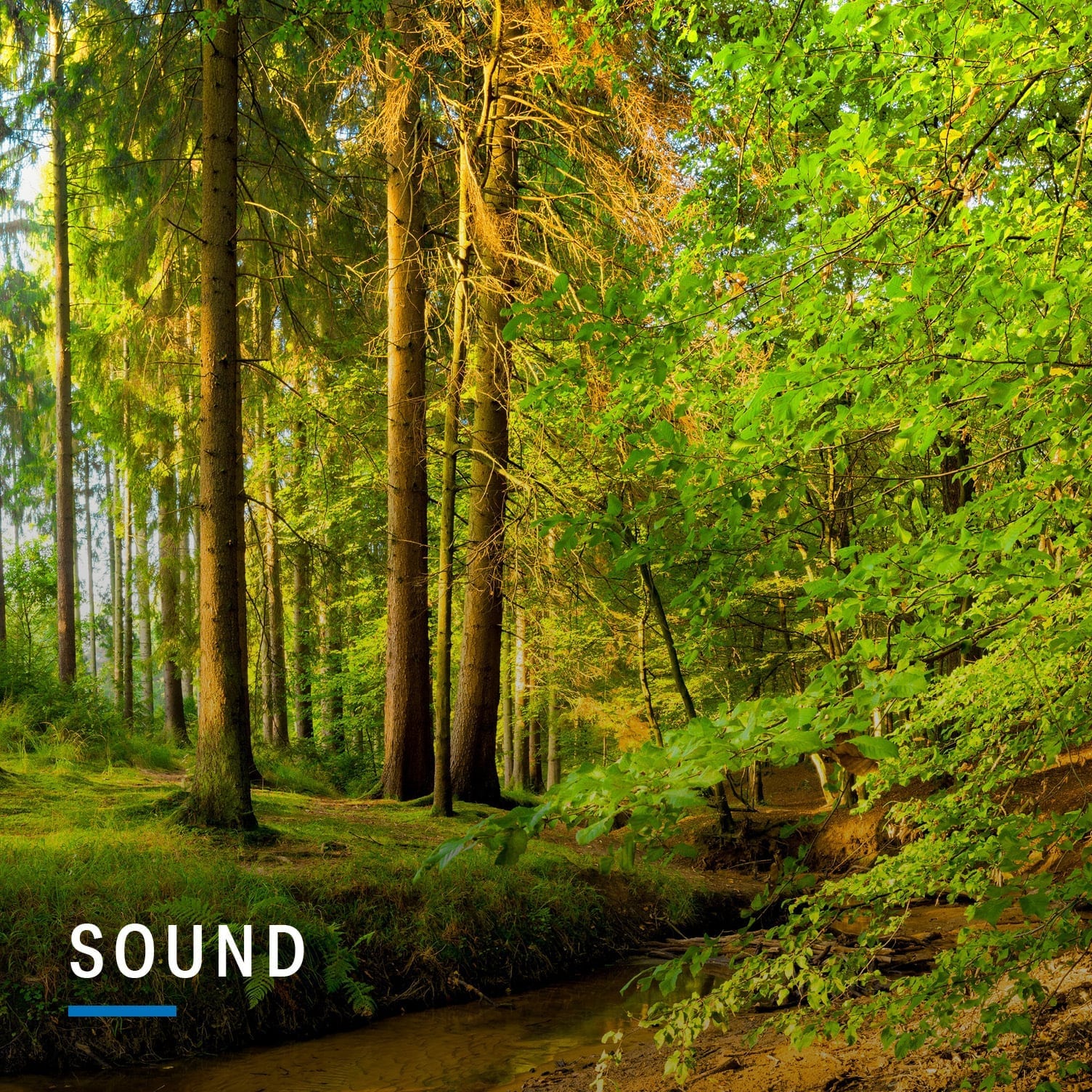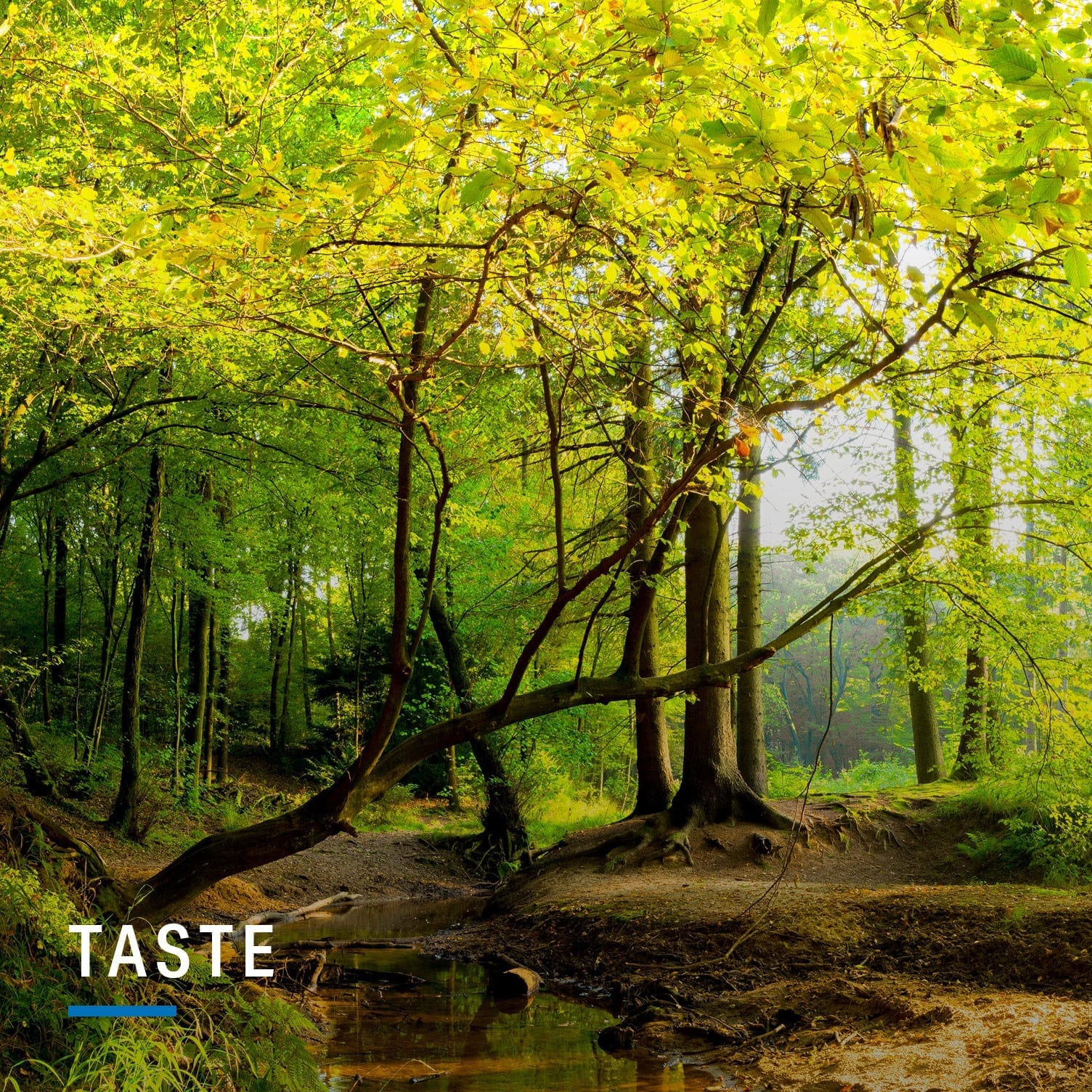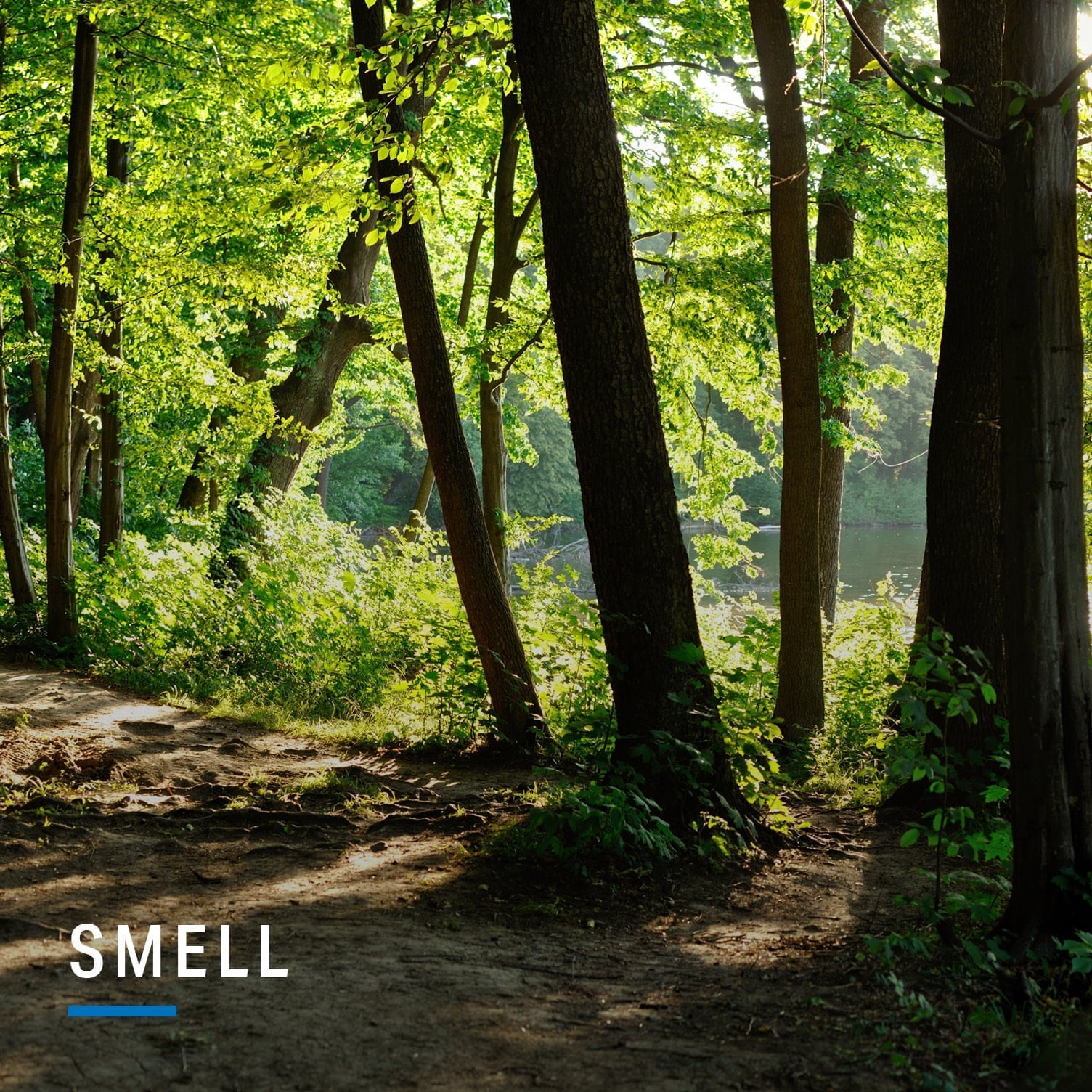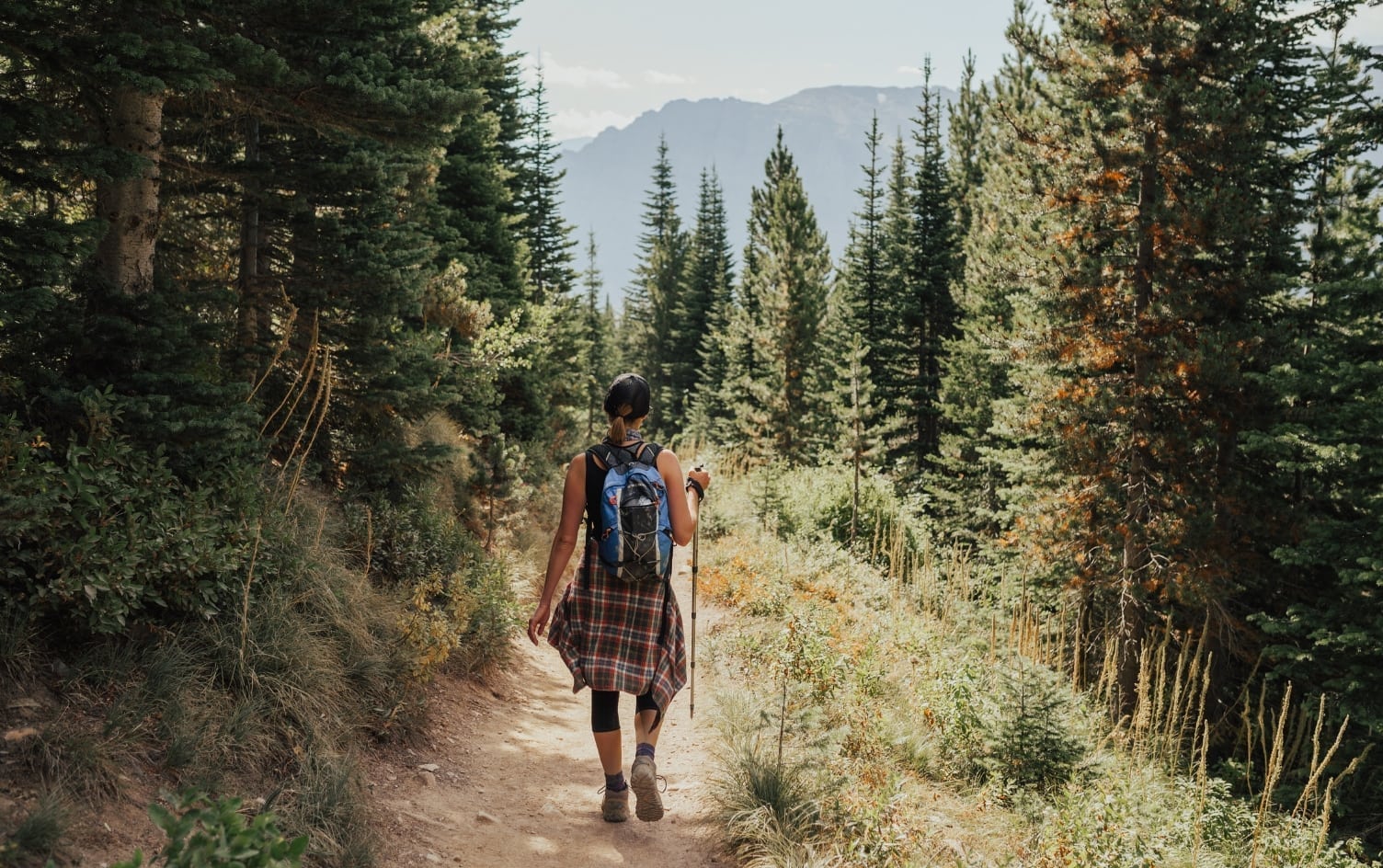Forest bathing is not what it sounds like, assuming you think it sounds like taking a bath in the forest. The first thing to know: You’re fully clothed, and unless it rains, there’s no water involved.
Instead, forest bathing (or “shinrin-yoku”) is the practice of spending time in nature for the purpose of benefiting your physical and mental well-being. The concept was first popularized in Japan in the 1980s, when stressed-out workers were encouraged to reconnect with nature as a way to de-stress. Subsequent research studies showed its effectiveness at improving immune function and mood while reducing blood pressure. So, there are many reasons to head for your nearest forest. (You can read more about the science behind forest bathing here.)
Armed with minimal knowledge but a genuine curiosity to see what all the forested fuss was about, I booked a guided forest bathing experience on a recent trip to Victoria, British Columbia — a place with some fine-looking trees.
Now, if you really want to test the stress-reducing value of forest bathing, do what I did: Have a logistics mix up, hop in a cab and race across town to sheepishly meet your guide 40 minutes late. That’ll give you plenty to work through once you begin.
[perfectpullquote align=”full” cite=”” link=”” color=”HEX 0073bb” class=”” size=””] “HELLO, FOREST.” [/perfectpullquote]
I set out alongside John Fraser of Elemental Magick Holistic Adventures. The registered clinical counselor turned nature guide leads individuals and groups on forest walks, where he shares the merits of forest bathing and offers tips for making the most of your time outside.
That includes acknowledging the forest as more than just scenery — after all, the forest is alive, and you’re entering its domain. So the walk began with a simple hello. In this case, by our speaking the words, “Hello, forest” to the trees in front of us. Greeting covered, we moved on.
John explained the primary tenets of forest bathing as connecting with nature through physical presence and also through mindfulness. Because it’s difficult to enjoy the full stress-reducing effects of your environment if you’re on your phone or otherwise distracted. That’s why he suggests practicing awareness to really engage with your surroundings. Fortunately, he’s got plenty of pro tips for turning the esoteric into the practical. First up: Use your senses.
CONNECT THROUGH YOUR FIVE PHYSICAL SENSES
To channel that mindfulness into something tangible, John had us perform a few exercises during our walk. Not, like, lunges or something, but exercises meant to bring greater awareness to each of the five senses.

In a forest, there’s no shortage of things to look at. That was the case inside Victoria’s Francis King Park. But you don’t want to miss the trees for the forest, so to speak. So rather than walking down the path, peripherally scanning all the greenery around you, stop to really look at it. Notice individual trees and the shape of their canopies. Notice their visible roots and the nearby plants. Spot some birds or berries or other walkers. Really recognize what’s around you, and you might start to feel some harmony with your surroundings.
It’s like John says: “Look into the forest. See it and let it see you. Try to acknowledge that connection.”

Forests make noise. The wind rustling through the trees, birds chirping and branches crunching underfoot all contribute to the atmosphere like a verdant orchestra. Listen to it all together, and then try listening to solitary pieces of the melody. Be mindful of what you’re hearing, and you can better appreciate it.

The forest is full of textures, from rough trunks to smooth leaves. But one of the best ways to truly touch the forest is to simply stand on it. Often called grounding, this practice involves standing barefoot, sitting or lying on a natural surface like grass or soil. Studies show direct contact with electrons on the surface of the earth can reduce pain and inflammation and promote better sleep. If you’re forest bathing, take off your shoes for part of the walk. Otherwise, just try walking barefoot through a park on occasion and really feel the earth beneath you.

If you’re with a knowledgeable guide, and they say it’s OK to eat a berry, then go ahead and eat that berry. Chomp on a leaf. Chew on a pine needle. It might not taste like your typical dinner salad, but it’s another way to experience the living forest.

Breath it in. Hopefully you’re inhaling a fresh, pleasant smell. Take note of what’s in the air — the trees, the flowers and everything else that makes up the forest’s bouquet. Notice it all together, then try to parse out different scents, always being mindful of what you’re experiencing.
Now, you don’t have to do any of the above to partake in forest bathing. You could simply sit on a park bench and absorb nature through osmosis. But considering many of us (myself very much included) find it difficult to turn off our overactive brains and really engage in the moment, these suggestions can be useful for making the most of your time in nature.
THE RESULTS
Did my first foray into forest bathing cure me of stress? Well, I was in British Columbia for four days, eating good food, drinking gin and generally relaxing. So, other than the mildly frenzied experience getting to the forest, I wasn’t exactly stressed. That said, I did feel different than usual during and after that walk. The forest itself was peaceful, and the sensory exercises helped me slow down and appreciate my surroundings. It created a sensation similar to the tranquility you’ll feel after a massage or a good yoga class. Perhaps most telling of all: Soon after it was over, I was looking up forest walks in my hometown, ready to get back out there to practice mindfulness and connect with nature.
THE TAKEAWAY
You can (sort of) practice forest bathing anywhere. To get the full effects of forest bathing, including its boost to your immune system and mood, you’ll want to spend time in nature. If you opt for a guided experience, it helps to genuinely like your guide. After just two hours together, I’d follow John into a burning building and reflexively stop to say, “Hello, fire,” before taking in all of the sensations around me. But if your guide doesn’t contribute positively to your experience, then consider going guide-free the next time around. It doesn’t matter whether you walk through the forest solo or with a group. If you’re in nature and being mindful of your surroundings, then you’re doing it right.
But you don’t need a forest to practice many of forest bathing’s principles. Whether you’re outside in nature or inside living your daily life, you can still achieve peace and relaxation through simply being aware of your five senses.
“Nature has a therapeutic effect because it tends to draw people into the present moment more than when they’re sitting in a room trying to meditate,” John says. “But those takeaways about slowing down, enjoying a moment and being aware apply to other situations.”
He gives an example that we can all try, no matter our proximity to a densely populated copse of trees.
“In the shower, feel the pressure and warmth of the water,” he says. “That’s mindfulness.”




